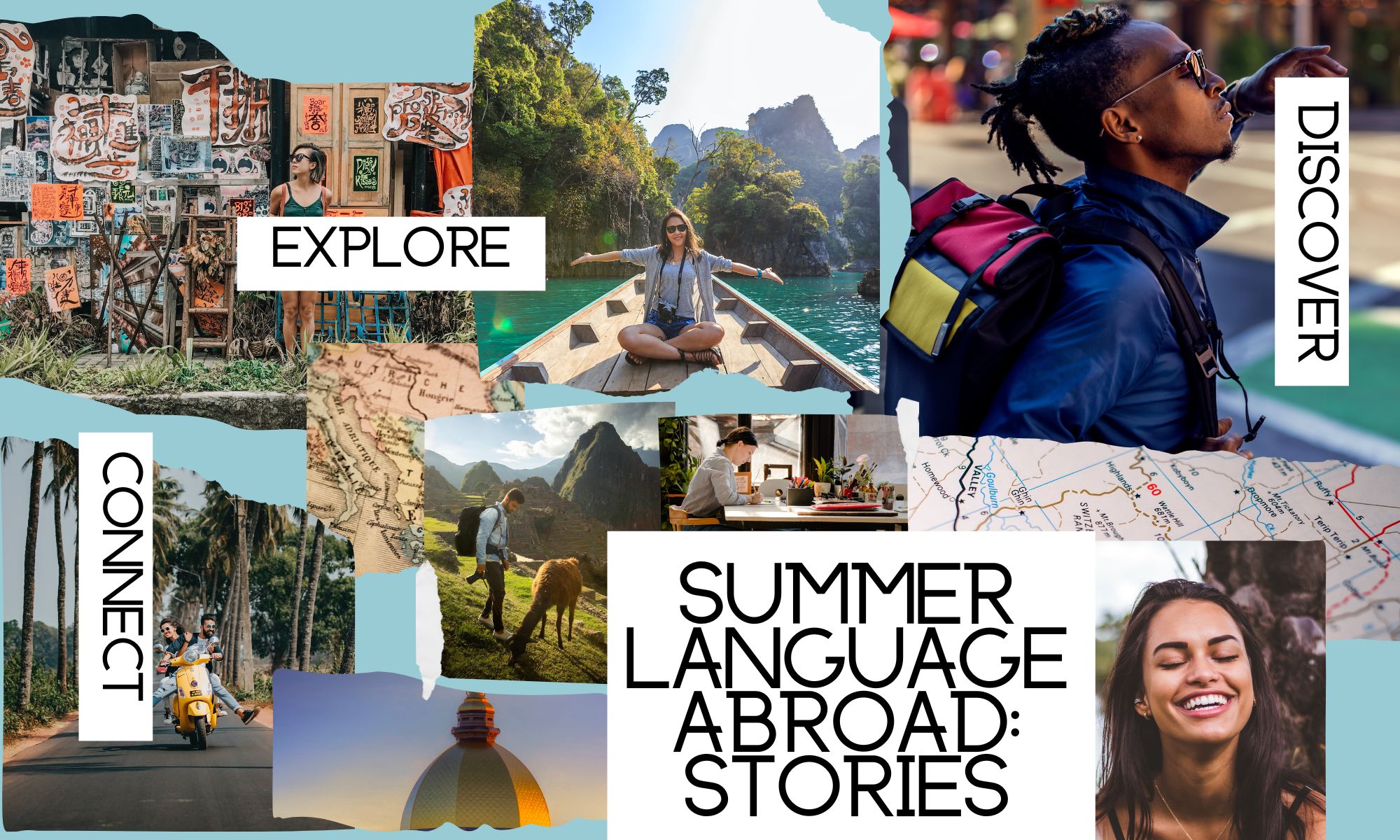
Now that I am coming to the end of my trip here in Buenos Aires a strange feeling has set in. I’ve been studying in the city for just over six weeks, and with two more to go, at the same time I feel as if I just arrived and I feel as if I’ve been in the city for a while. Living and studying in a foreign city is turning out to be one of the most impactful experiences of my life.
After returning “home” from Patagonia, I was excited to get back to studying Spanish. Class has been going great. Honestly, everything has been going great. I have been deepening the relationships I initially formed with my classmates and still meeting more people as new members join the program. I have also met many locals and call some of my professors my closest friends. The entire experience of my language and cultural immersion has been one of the best parts of my life.
First and foremost, the classes at my school have been amazing. We study the complex grammatical structures of the Spanish language and focus on improving our conversational skills. Additionally, we study the more abstract aspects of the Spanish language. I never knew that different languages would have different signals and gestures. Last week in class we played a game where each student had to flip to a random gesture in the book and act it out. The point of the game was to have the students guess what the sign or gesture meant. We all really struggled but I was able to learn from the game. I often find myself utilizing gestures to my fellow classmates out and about as a result of this class.
After class I have still been making the most out of everyday. One of my favorite things is to just walk around the city and take in the breathtaking sights that are found in each barrio of the city. I did a street art walking tour as well as a day trip to Delta Tigre. I also took the ferry across the bay to Colonia, Uruguay. I can’t wait to see what the final part of my trip will hold. I’m looking forward to my sister coming to visit me and our trip to the north of Argentina. We are going to visit the falls in Iguazú.

